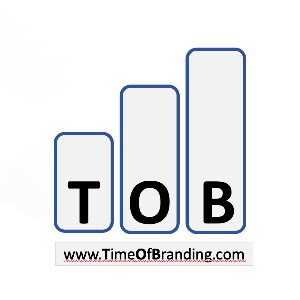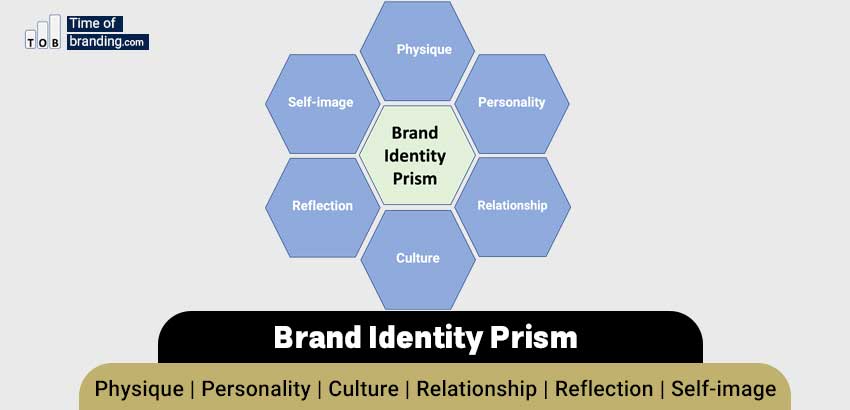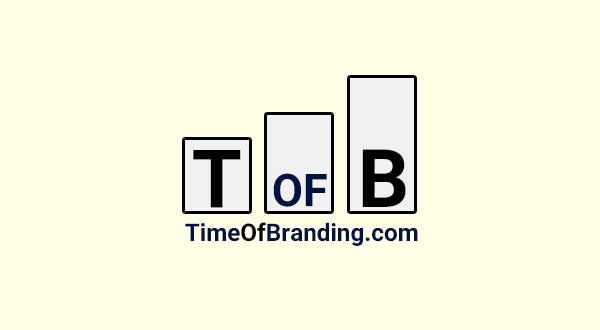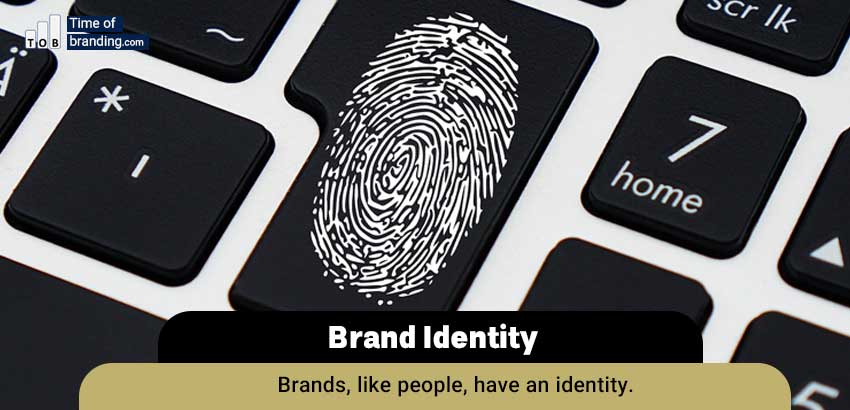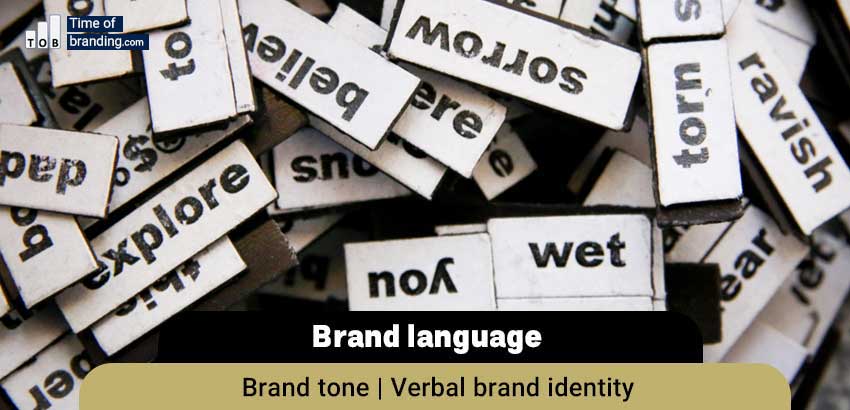In the Brand Identity article, we discussed the concept of Brand Identity and explained that brand identity is what distinguishes a brand from other brands.
We also said that usually the easiest way to create differentiation is to define the visual effects of the brand in a different way from others. For example, let’s define and determine our own logo, our own color, our own packaging and so on.
This task is so simple and convenient that in many cases, the definition of brand identity is limited to the definition of visual identity of the brand.
But we explained that brand identity cannot be limited to its visual effects, and if we want to have a brand that sits in the hearts and souls of the audience and is present in their minds, we must define a deep and multifaceted identity for it.
As an example, we said in the previous lesson that part of the identity of a brand is the key values of that brand; The principles and frameworks that we know the brand is bound to and does not violate.
Is there a model for defining brand identity?
After the initial introduction of the brand identity, this question arises:
Is there a method, framework or guideline to define the brand identity more precisely and transparently?
Different people have provided different ways to define brand identity. But among them, Kapferer’s Brand Identity Prism is one of the most famous.
This charter has become famous and widespread for two reasons.
- The first reason: that Kapferer included it in his brand textbook, which is an academic reference, and has caused this model to be widely taught around the world.
- The second reason is that Kapferer was the first to propose the concept of brand identity (when everyone was talking about the competitive position of the brand). Therefore, it is natural that Kapferer’s own model and prescription are specially considered.
To define brand identity, Kapferer defines six different aspects and displays them in the form of six facets of a prism:
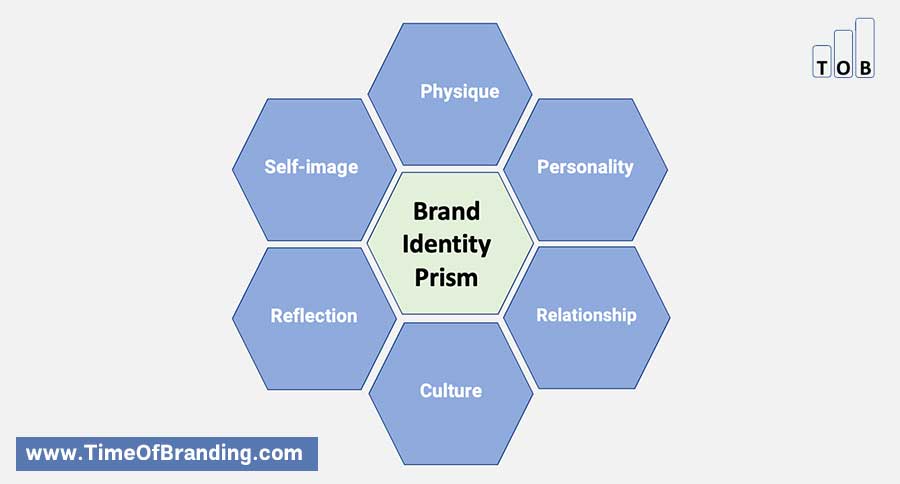
6 different aspects of a brand identity prism
1- Physical aspects of the brand (Physique)
This is what usually comes to mind when you hear the term “brand identity design”. Anything that has a tangible and visible aspect can be considered a subset of this section.
Choosing the color and logo of the brand are among these aspects of the physical design of the brand. It is true that they have always said that the brand is more than the color and the logo; But this does not mean that we should not think about the color and logo for the brand.
For example, think about Coca-Cola for a moment. In addition to the special form of writing Coca-Cola, three colors stick in your mind: black, red, white.

Of course, physical aspects are not only limited to color and logo.
Many brands also define the shape of their product packaging and never deviate from one or more specific frameworks (can you believe that one day you will see Coca-Cola in rectangular cube cans?).
Other components can be added to physical aspects. For example, many big brands release specific smells and play specific music in their stores.
What examples of physical aspects are found in a brand depends on what kind of brand we are talking about.
For example, for a personal brand, you may go for the color, logo, avatar and specific design of the site and social network accounts.
For product branding, you’ll probably think about colors, logos, and packaging. Sometimes you focus on the physical form of the product (you recognize and recognize almost all BMW cars even if they don’t have a logo. This means that the physical identity of the brand has been worked on seriously).
For the city brand, it is possible to work on the physical symbols of the city, such as its famous and well-known buildings
2- Brand Personality
Another aspect of brand identity is brand personality.
Suppose we want to check the brand of a person. What characteristics and attributes do you attribute to it?
- Can it be considered gender? Can you say introvert or extrovert?
- Can you call him an adventurer? Or is your brand more conservative?
- Can you attribute arrogance to that brand?
Be sure to note that in order to define a brand personality, it is not enough to set up a document and write down the personality traits you want. Rather, you should think in the next step that in all aspects from product design to customer communication, how you can reflect your desired personality and place it in the audience’s mind.
Of course, it is necessary to explain that the discussion of giving personality to the brand was discussed before Kapferer and has been popular since the seventies until today. So Kapferer did not invent it, but confirmed it by placing personality as one of the aspects of his charter.
3- Brand Culture
Some brands that have a strong identity also promote and consolidate a certain culture.
In a way, consumers, audiences or customers of those brands gradually find similarities and build a tribe.
Of course, establishing a culture and strengthening and stabilizing it is not an easy task and we cannot expect all brands to be able to do this. But at least it can be said that many brands wish for it.
The brand aspires or tries to organize its audience in the form of a tribe or a special group with specific culture and characteristics.
But we must emphasize again that building a culture and creating a common culture among customers is not an overnight achievement. Rather, it is a huge task that can only be made possible by spending a lot of time, energy and resources, and by choosing smart and creative strategies.
Just think a little and see how difficult it is to define “brand cultural identity” for a bank brand.
This bank should be able to establish a certain type of attitude towards money and the culture of using money and spending patterns among its customers so that it can say that the cultural aspect of its brand identity has been implemented, defined and established.
4- Relationship With the Audience
The brand communicates with the audience in different ways and through different channels.
Each brand may choose a different way of relationship.
- A brand may communicate with all of its audiences en masse; But another brand prefers a one-to-one and customized relationship.
- A brand may communicate with its audience and customers from a high position, but another brand may choose to communicate from an equal position or a low position.
- One brand may form a friendly relationship, but another brand may establish a formal relationship.
When you define your brand identity, you need to decide on this and see how you want your brand to relate to your audience and customers. It is not possible to make a prescription here and say, for example, that a specific form of relationship always works.
You must know your brand and know your audience and market so that you can finally decide what kind of relationship can be useful and effective.
To better understand the challenge of “relationship”, put yourself in the place of a university and think about the following two options:
- The audience as a customer
- Audience as students
Depending on which identity an educational brand chooses and what form of relationship it chooses, many aspects of communication between the brand and the audience will be affected and transformed.
5- Customer association and reflection
Have you ever been talking about a car and heard people say, “That car is an old man’s car” or “That car is a girl’s car.”
This is what Kapferer calls customer reflection. Which group of people is your brand supposed to evoke?
Note that customer feedback is different from target market.
The fact is that “old men’s cars” are not only driven by old men. As “girls car” is not only for girls. However, people see a product as a reflection of a specific group of customers and feel that the needs and concerns of that specific group are reflected in that product.
Again, as a classic example in this field, we can go to Coca-Cola. What kind of people drink this drink? The fact is that almost every age and gender drink Coca-Cola and the target market of this brand is very wide.
But if you ask the reflection of the customers of the Coca-Cola brand, they consider Coca to be the drink of young people (those who are not yet concerned about health, diabetes, obesity, etc., and are relaxed in eating).
So, even though you may define your target market very broadly, the question still remains:
What group do you want people to think your brand reflects, and when they encounter your brand, which group will be associated with them?
6- Self-image
How does the customer and audience of the brand see themselves and what image of themselves do they have in their minds?
This is the sixth and last question that Kapferer raises in the brand identity charter and believes that you must answer it to define the brand identity.
Suppose all the customers and audience of your brand are gathered in a hall.
Each of them has an image of himself in his mind. What do all these pictures have in common?
Let’s say you own a sportswear brand. What image does the person who wears this dress have of himself?
Does he consider himself a professional athlete? Do you consider yourself a person interested in sports, but in practice, you don’t have much time to do sports? Regardless of age, does he consider himself young and passionate and wants to feel young by wearing your brand? Does he consider himself a rich athlete that others have to guess his income level from his clothing brand?
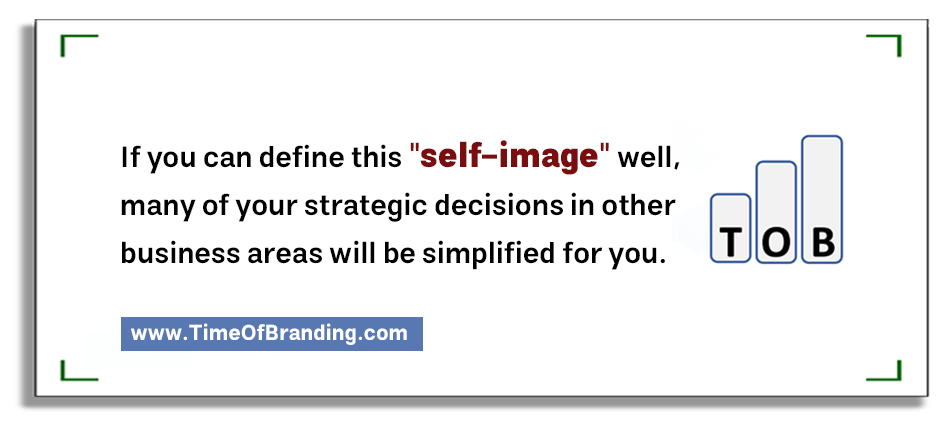
For example, you will have less challenges in pricing. You can also better choose your advertising message in the design of the advertising campaign. In addition, you can more easily identify which products you can offer with this brand and which products it is better not to offer with this brand.
Conclusion
Early in the formation of a brand, you may not be able to answer all the questions raised in the six dimensions of the brand identity charter. But the more complete and accurate answers you can give to these questions, the clearer your assignment will be with your brand.
The best way is to write down all these answers and keep them in the form of a brand identity document.
Also, remember that wherever you make any decision related to your brand, you need to go to the brand identity document once and make sure that you are not violating the identity defined for your brand.
Otherwise, the brand identity document, like many other documents, will simply be filed away and become dusty and will have no value.
